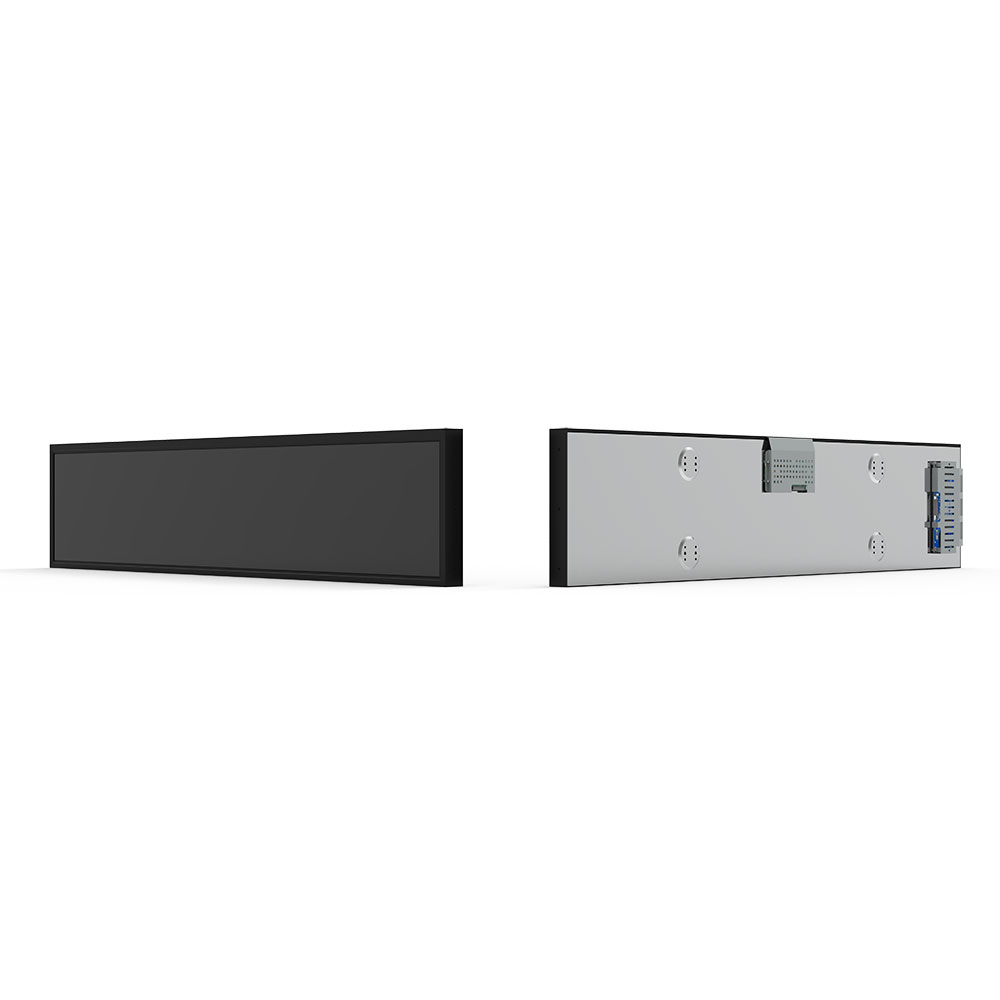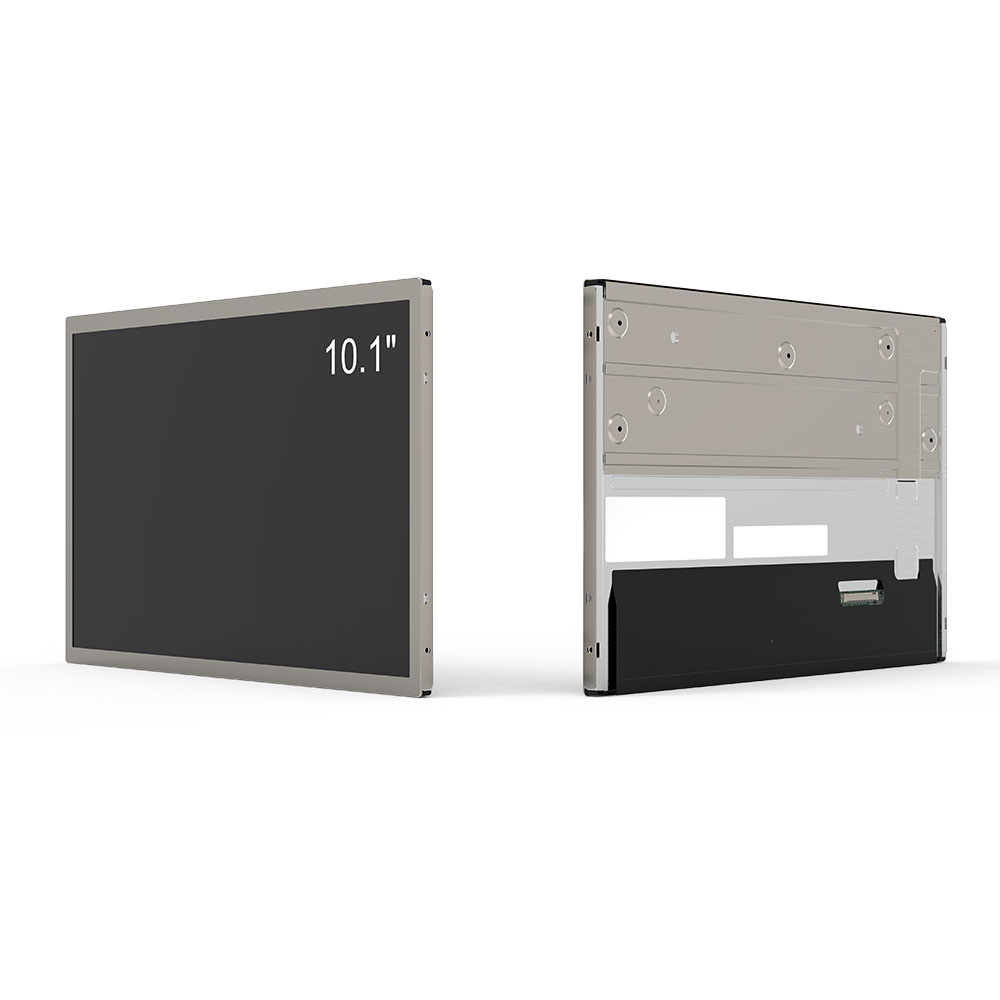- Home
- About Us
- Products
- News
- Video
- Contact
- Send Inquiry
Search
- Home
- About Us
- Products
- News
- Video
- Contact
- Send Inquiry

Outdoor LCD screens are essential for digital signage in environments like stadiums, retail stores, transportation hubs, and public spaces. However, selecting the right screen requires careful evaluation of technical specifications, environmental resilience, and long-term performance. This guide provides a structured approach—introduction, main body, and conclusion—to help professionals make informed decisions based on industry standards, real-world case studies, and engineering best practices.
Introduction
The global outdoor digital signage market is projected to exceed $35 billion by 2027 (Statista, 2024), driven by demand for dynamic content delivery in harsh conditions. Choosing an outdoor LCD screen isn’t just about brightness—it’s about ensuring consistent performance under extreme temperatures, humidity, UV exposure, and physical stress. Industry leaders like Samsung, LG, and NEC follow strict IEC 60068 standards for environmental testing, emphasizing the need for rigorous evaluation criteria beyond basic specs.
Main Body

First, assess brightness levels. For direct sunlight visibility, aim for at least 5,000 nits (International Commission on Illumination standards). Screens below 3,000 nits degrade rapidly in daylight, leading to poor readability. High-brightness panels use advanced LED backlighting and anti-glare coatings—key differentiators in commercial installations.
Second, consider environmental durability. Look for IP65 or higher ratings for dust and water resistance, and ensure the unit meets Ingress Protection (IP) standards for outdoor use. Thermal management is critical—screens must operate between -20°C to +60°C without performance loss. Case studies from London Underground show that improper thermal design caused 30% of screen failures within 18 months.

Third, evaluate luminance uniformity and viewing angles. Wide viewing angles (>160°) improve accessibility for pedestrians and drivers. Uniformity ensures consistent image quality across the entire panel—a feature often overlooked but vital for brand consistency in advertising.
Finally, examine maintenance requirements. Self-diagnostic systems and remote monitoring (via SNMP or cloud platforms) reduce downtime. According to a 2023 study by the Digital Signage Federation, screens with built-in diagnostics have 40% lower annual maintenance costs.
Conclusion
Selecting an outdoor LCD screen demands a holistic view—not just peak brightness but also thermal resilience, environmental protection, and long-term operational efficiency. By prioritizing certified components, real-world testing data, and scalable solutions, businesses can ensure high ROI and minimal downtime. Always consult manufacturer white papers and third-party validation reports before procurement.